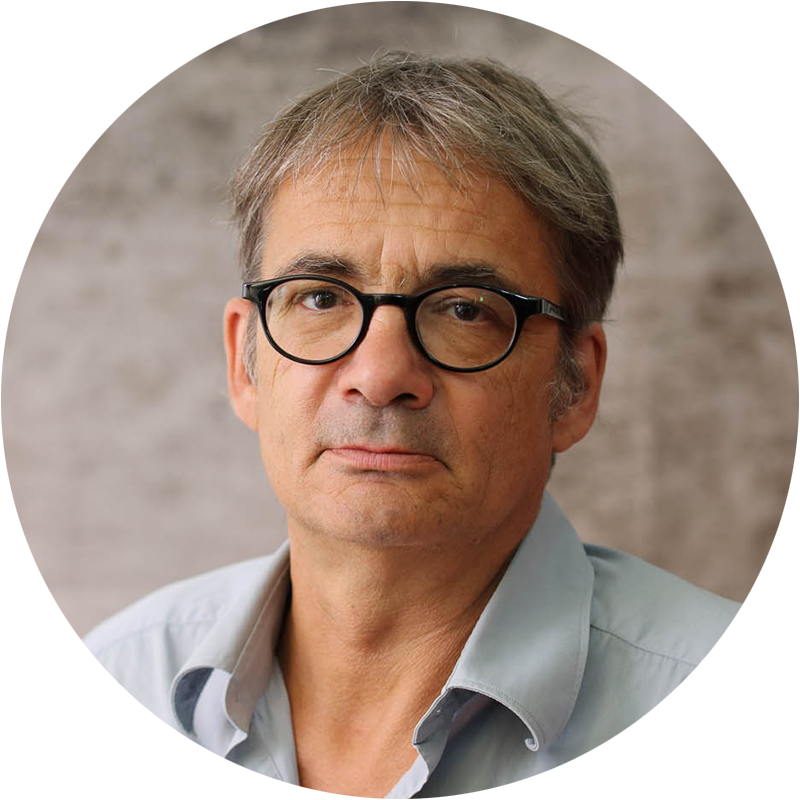
Geneva puts on a red nose

Roll up! Roll up! Be dazzled by burlesque knife-throwers, acrobatic ants, fearless trapeze artists and crazy ambidextrous jugglers in Geneva.
Some 300 acts from 65 countries are performing throughout the year in the western Swiss city as part of the World of Circus Geneva 2010 international circus festival.
The mammoth get-together is the brainchild of Youri Messen-Jaschin, who launched a similar festival in Lausanne in 1987 that attracted 500,000 circus fans.
Such success meant that news about the Geneva festival spread like wildfire in the business, resulting in 5,000 applications from troupes keen to perform, a number eventually whittled down to several hundred.
Geneva’s streets, parks, squares and theatres will be buzzing with a wide range of circus styles: theatre, dance, music, opera, street theatre to magic; there are also numerous exhibitions, workshops, conferences, concerts and films on offer.
Messen-Jaschin’s approach aims to reflect the huge transformation in the circus world over the past 30 years.
“Contemporary circus that appeared in the 1970s is a transversal act mixing theatre, dance and cabaret, which helped bring about a renewal of traditional circus,” he told swissinfo.ch.
Big top mime
Swiss mime artist Dimitri, one of the pioneers of this movement, looks back nostalgically at these changes.
“I was one of the first clowns to come from the theatre world,” he explained.
“When the Knie circus took me on in 1970 for its tour, many people said it was crazy to have a mime artist performing in a circus tent. But the formula was a great success and was widely imitated.”
“In 1978 the famous Berlin theatre festival booked us for a play looking at the theme of circus. I put on ‘The clown is dead, long live the clown’. The play was extremely successful and we were able to take it on a major tour.”
Dimitri feels changes in the early 1970s were largely influenced by post-1968 counter-culture ideas in the theatre world, where big-name directors wanted to make theatre more popular and less elite.
Traditional circus also came up against serious competition from cinema and television, he says.
Renaissance
Western European audiences then got a big shock when they started seeing some of the amazing acts from the East, said the artist from Italian-speaking Switzerland.
“In Russia, as well as China, circus has always been very important and of a higher standard than in Europe. When troupes started touring around the world, they brought with them their quality and virtuosity, which influenced everyone.
“If you look at the Beijing Opera, there are actors who sing and do acrobatics like you’ve never seen before, even in the circus,” he said.
“Before, the circus was one of the only shows available to people. Then cinema and television became real competitors. But today we are bombarded by images, hence there is a renewed interest for performance arts in general, especially circus.”
Mark Copeland, alias ringmaster Sir Ronald McPeak from the quirky British Insect Circus troupe which recently performed in Geneva, felt there was a great deal of new interest in circus.
“We have a strong tradition of street theatre in Britain that has developed over the past ten to 15 years into circus acts,” he said.
His partner, Lady Bonnie Berkeley (aka Sarah Munro), agreed a renaissance was underway.
“In Britain there has been a demise of animal circuses due to human rights activists; they have become run down and been given a bad name,” she explained. “This has given space to other new circuses to flourish.”
“We capture the magic, colour and life of animal circuses but with people dressed as insects,” said Copeland. “It’s a magical Alice in Wonderland environment you can get lost in.”
Circus career
Dimitri, who heads one of Switzerland’s four university-level theatre schools, says many youngsters are looking to pursue a big-top career.
.
“There is enormous interest among young people to sign up to learn the kind of ‘total theatre’ we are developing,” said the artist.
His school offers classes in mime, acrobatics, dance, martial arts, improvisation and theatre.
Yvette Challande, director of the Geneva Circus School, confirmed this interest.
“With the recent economic crisis and the lack of possibilities for young people, parents are less nervous about their kids launching themselves into the circus world,” she said.
“And lots of kids are dropping sports activities in favour of the circus, a world which doesn’t encourage a competitive spirit between artists,” she added.
Frédéric Burnand in Geneva, swissinfo.ch (adapted from French by Simon Bradley)
Some 300 acts from 65 countries are performing throughout the year in the western Swiss city as part of the World of Circus Geneva 2010 international circus festival.
There are over 180 open-air performances, 100 big-top shows, 15 exhibitions, as well as theatre, dance and other styles.
From July 29 to August 8 circus will be one of the main themes of the Fêtes de Genève annual festival.
Around 60 per cent of shows are free of charge, with profit earned from the other 40 per cent going to charity – water, food and health projects on behalf of poor children worldwide.
The organiser, Youri Messen-Jaschin, plans to hold a similar festival in 2014 in another country.

In compliance with the JTI standards
More: SWI swissinfo.ch certified by the Journalism Trust Initiative
















![The four-metre-long painting "Sonntag der Bergbauern" [Sunday of the Mountain Farmers, 1923-24/26] had to be removed by a crane from the German Chancellery in Berlin for the exhibition in Bern.](https://www.swissinfo.ch/content/wp-content/uploads/sites/13/2025/12/01_Pressebild_KirchnerxKirchner.jpg?ver=a45b19f3)













You can find an overview of ongoing debates with our journalists here . Please join us!
If you want to start a conversation about a topic raised in this article or want to report factual errors, email us at english@swissinfo.ch.